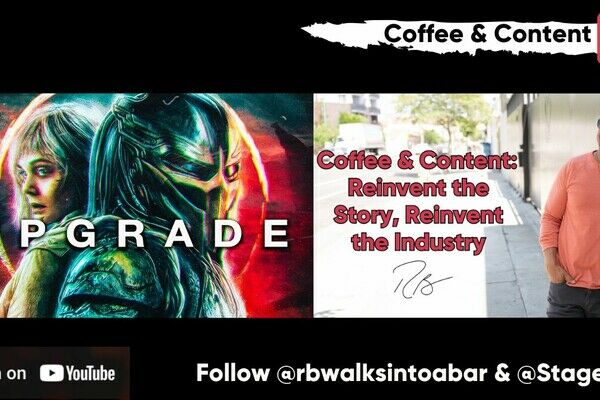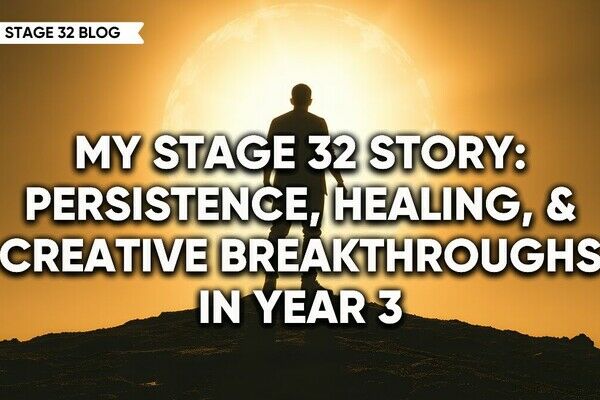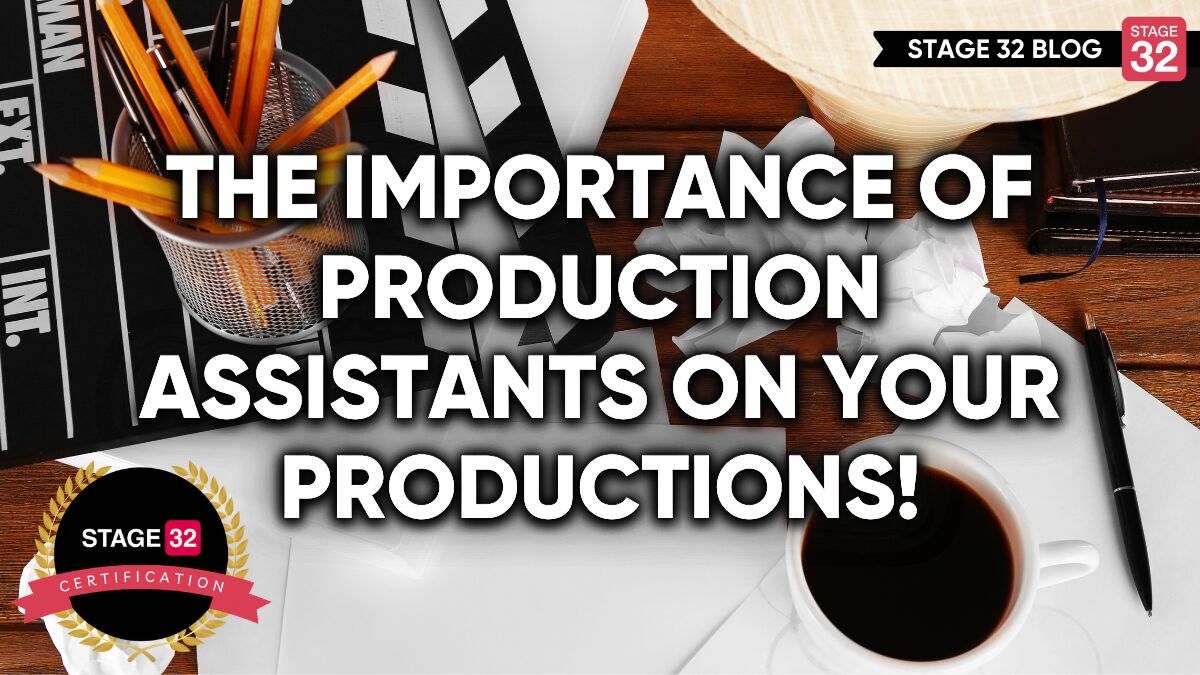9 Animators Who Shaped The World Of Animation
Behind every animated film, there's a creator. These creators' contributions to this industry have shaped the industry in large ways. From their visual style, color combinations, the stories they tell, use of inclusive representation, and more, these artists have helped impact their own industry and audiences who love their work.
In this article, you will find nine animators who shaped the world of animation and a few lessons we can learn from their experiences.
So let's get into it!
Hayao Miyazaki
We can't talk about anime without mentioning Hayao Miyazaki. Many see him as the father of Japanese animation. Not only has he inspired Japanese animation and animators, but he has also laid a great foundation for animation for all. American animators, including those at Pixar, draw inspiration from Hayao's early work and Studio Ghibli films. They are known for their bright-colored cinematography experience that was unique to his style. He also made sure his stories delivered a message. This can inspire your story writing.
Lessons from Hayao Miyazaki films:
- My Neighbor Totoro - Don't be scared to follow your curiosity; this can be applied creatively.
- Nausicaa of the Valley of the Wind - The importance of respecting nature, animals, and the earth.
- Porco Rosso - Don't let the past prevent or hold you back.
Mary Blair
Mary Blair, one of the many women who transformed Disney and the animation industry worked on animated films such as Alice in Wonderland, Peter Pan, Cinderella, etc., and was infamous for her unique color combinations. One of her greatest strengths as an artist was how she was able to render emotion in a single scene. She was an expert in conveying the emotions and feelings of characters in her watercolor paintings. Animation artists and storywriters can apply Mary Blair's approach. We need to believe in our characters, feel what they feel, pour out our emotions, relate to our character's story, and watch the magic happen.

Chuck Jones
With the likes of cartoon characters like Bugs Bunny, Daffy Duck, Wile E. Coyote, the Road Runner, and Porky Pig, among others, you already know where I'm heading. Yes, the classic Warner Bros. Looney Tunes and the brain behind them is no other than Chuck Jones. Looney Tunes was one of the most fun cartoon series I enjoyed watching as a kid. Chuck Jones incorporated a great sense of humor and style in his animation.
Here are two lessons you can learn from Chuck Jones:
- Everyone has to start somewhere - Chuck Jones was patient with his progress as an artist, and eventually, he reached the height of the Disney model when he started directing his first shorts.
- Jones revisited his old themes with more mature skills - We learn that no matter how old your ideas are, you can always revisit them and build on them.
Rebecca Sugar
Rebecca Sugar is best known as the creator of the Cartoon Network series Steven Universe, where her work highlighted the importance of LGBTQ+ representation in the arts. When audiences see people like them on TV shows and in animated films and how they played an important role in the story, they can build their confidence in knowing they belong and that feeling of being an outcast will go away eventually. With so many people clamoring for a wider range of representation on screen, Sugar's work showed how important embracing representation and audience needs in storytelling and animation.

Glen Keane
A Disney legend, Glen Keane had powerful character design skills. He created many captivating characters for Disney such as Tarzan, Pocahontas, Aladdin, Ariel in The Little Mermaid, Rapunzel in Tangled, and also Netflix's Over the Moon.
Here are some animation essentials Glen Keane taught:
- Animate from the heart - We should feel our drawings and put ourselves in the place of our characters.
- Make expression and attitudes real and living - Focus on eyes, eyebrows, mouth, and cheeks when animating.
- Simplicity - Animation artists need to make sure the essence of their scenes, actions, and expressions are clear to the audience.
Brad Bird
Among early 3D animated feature films was the incredible The Incredibles created by Brad Bird. Brad Bird was dedicated to his craft and kept adding to the fame of Pixar Studio. In one of his interviews, he encouraged animation artists to persevere in fixing problems they encounter when creating films. He said, "If something sucks, you don't just stop there, you need to know why it sucks and importantly how you will solve it."
Jennifer Yuh Nelson
Jennifer Yuh Nelson is best known as the first female solo director of the Hollywood animated films Kung Fu Panda 2 and 3. Jennifer Yuh Nelson knew she wanted to be an animator at an early age. She drew live-action storyboards. This can inspire young animators to avoid the trap of feeling too young to express themselves creatively.
Jennifer has a good approach to filmmaking. This is what she says, "I have to see an image completely done in my head before I know what to draw. Before I put pen to paper, or stylus to screen, I always just walk around for a few hours or even a day to get it finished in my head, first. Then it's like projecting an image on the page or the screen. I trace what's already done."
She made a very important point here, which involves having a clear conviction of what you want to portray in your creative projects in animation and film.

Nick Park
There's no way I will be comfortable without mentioning one of the legends behind stop-motion animation, Nick Park. He is the creator of Wallace and Gromit, one of the most famous stop-motion animations, and helped bring the style to mainstream attention. He joined Aardman studios in 1985. He worked on Peter Gabriel's Sledgehammer music video. He was also the executive producer of Shaun the Sheep movie.
Walt Disney
No article about animation legends will be complete without mentioning Walt Disney. He is called the Father of 20th-century Animation.
His works and characters, both as an artist and producer, are still popular to this day. Timeless cartoon characters such as Mickey Mouse never aged and are still known by audiences worldwide.
Not to mention that the studio he built is still producing many successful box office blockbuster animated movies. Here's an encouraging quote from Walt Disney:
"If you can dream it, you can do it." - Walt Disney
There are many more incredible artists that did not make it to this list.
It is worthwhile to learn about people who shaped and impacted animation and film, not only in these areas but it applies in all fields.
When you read about people who shaped and changed the industry of film you can learn from their experiences and their confident approach to overcoming obstacles and challenges.
I love watching behind-the-scenes interviews with animators and screenwriters. You can gain a lot of knowledge from these interviews, mere seeing them working on their projects can give you the drive to do the same.
Let's hear your thoughts in the comments below!
Got an idea for a post? Or have you collaborated with Stage 32 members to create a project? We'd love to hear about it. Email Ashley at blog@stage32.com and let's get your post published!
Please help support your fellow Stage 32ers by sharing this on social. Check out the social media buttons at the top to share on Instagram @stage32 Twitter @stage32 Facebook @stage32 and LinkedIn @stage-32
| Coffee & Content: Creating Powerful Dialogue |
| The Importance Of Production Assistants On Your Productions! |
Search Stage 32 Blog
There are now 4043 blog posts for you to enjoy. Search them all by tags below.
Acting, Advice, Cinematography, Coffee & Content, Composing, Contests, Distribution, Featured, Filmmaking, Financing, Inspirational, Networking, Producing, Screenwriting, Success Stories, Tips, Trending,Relevant Tags
Recommended Articles

Coffee & Content: Reinvent the Story, Reinvent the Industry

Insider Intel: 2026 Predictions

Insider Intel: Packaging your Project- The Chicken or the Egg Dilemma

Stage 32 Now Certifying the Dallas Film Commission!

Don't Let the Momentum of November Write Club Die: How to Stay Active Into 2026 & Beyond!

My Stage 32 Story: Persistence, Healing, & Creative Breakthroughs in Year 3

November Write Club Week 4: The Art of the Pitch- What Managers & Execs Actually Want to Hear

How to Get Help from Stage 32: Meet the Teams Behind the Scenes

Insider Intel: The Studio War & The Rise of Indies






